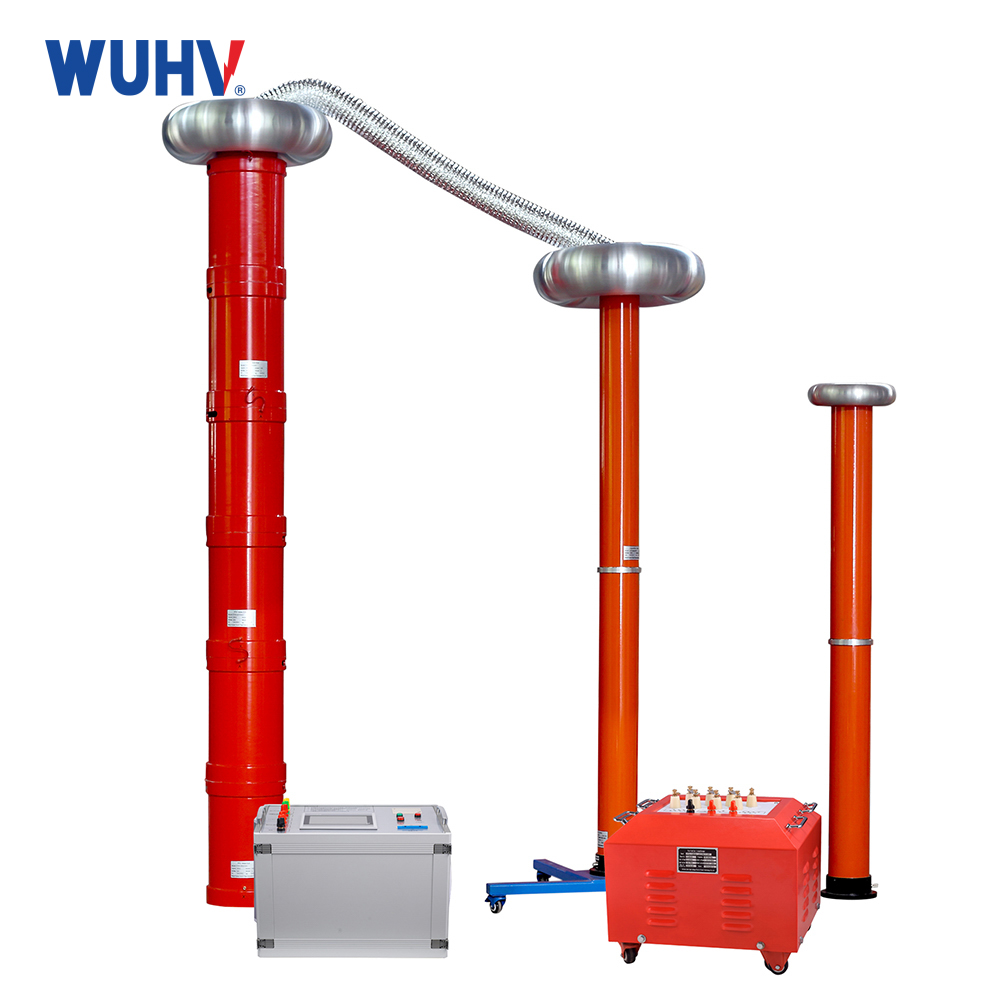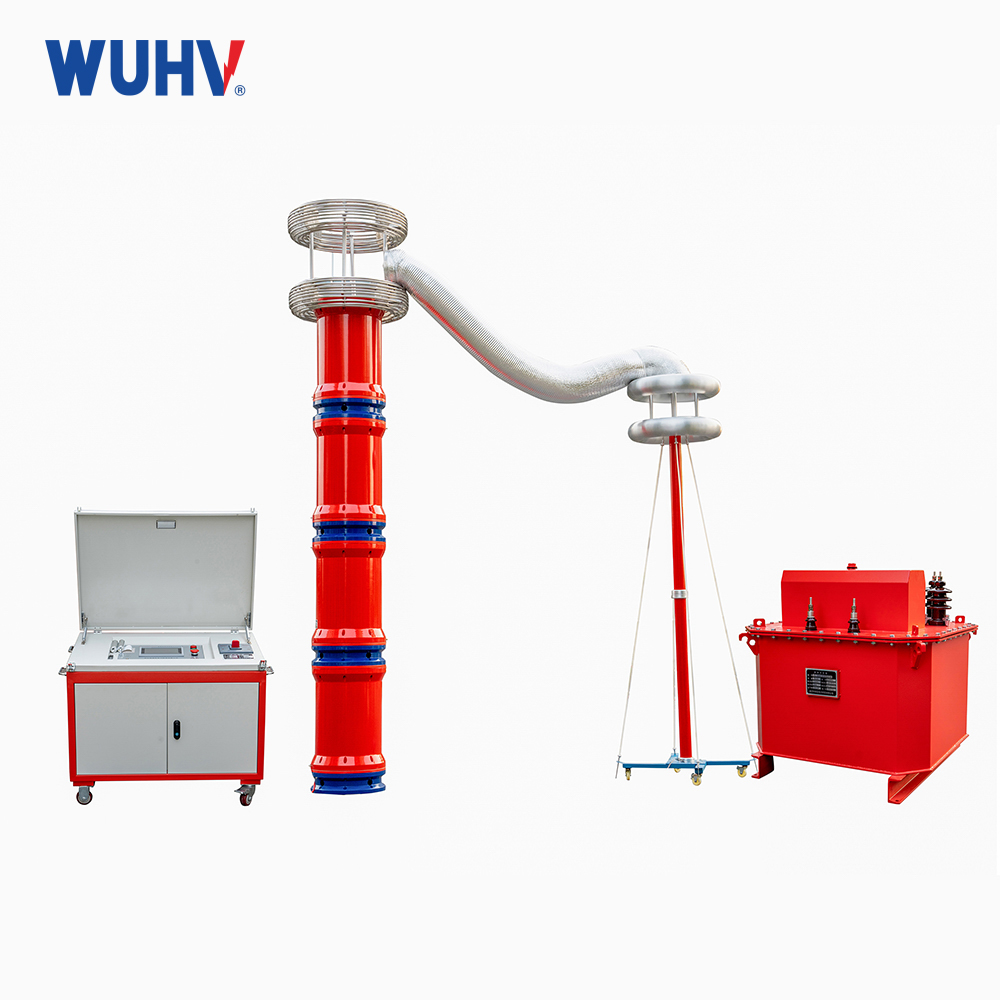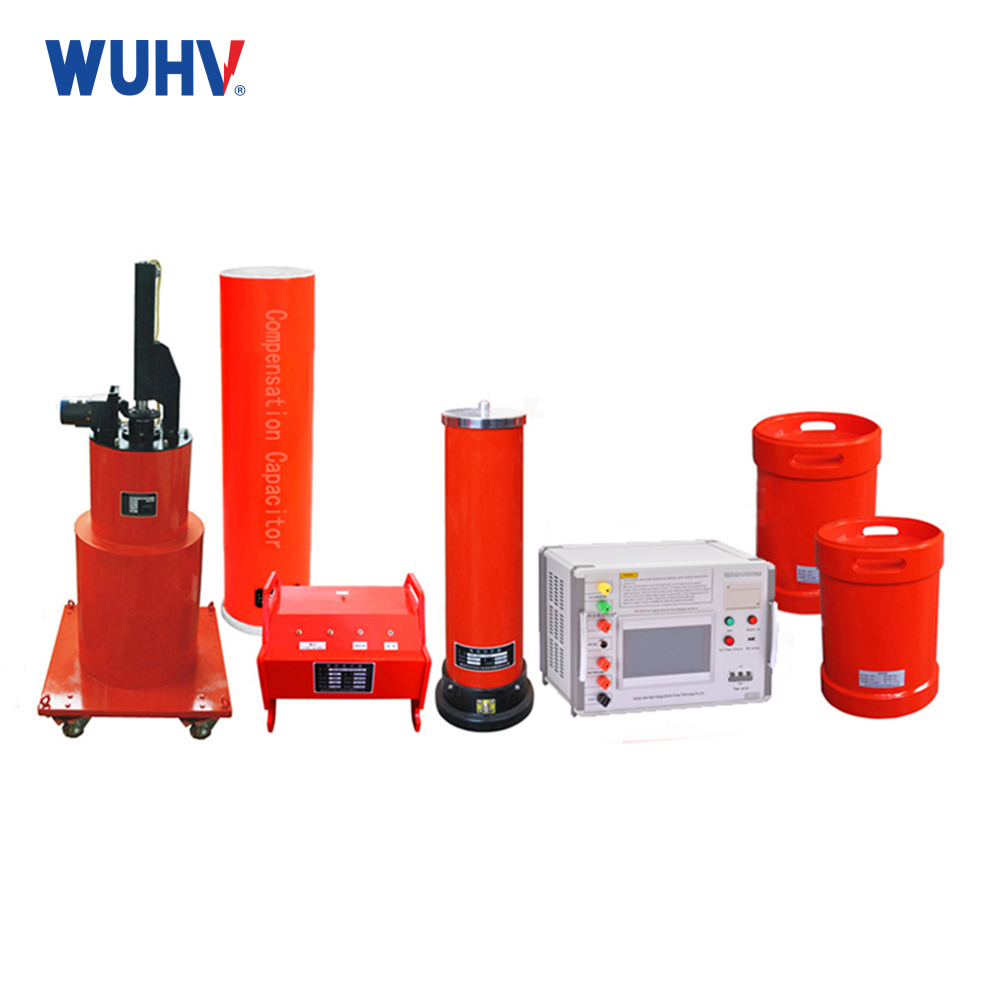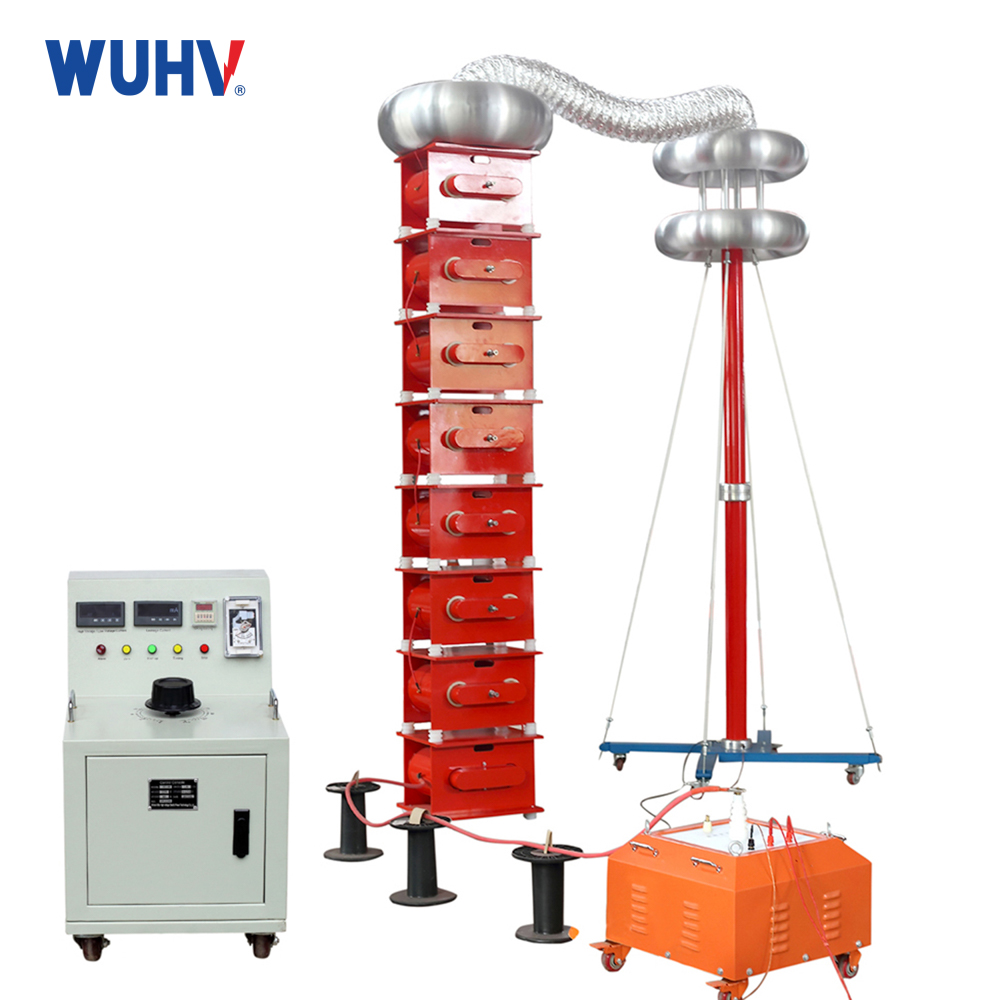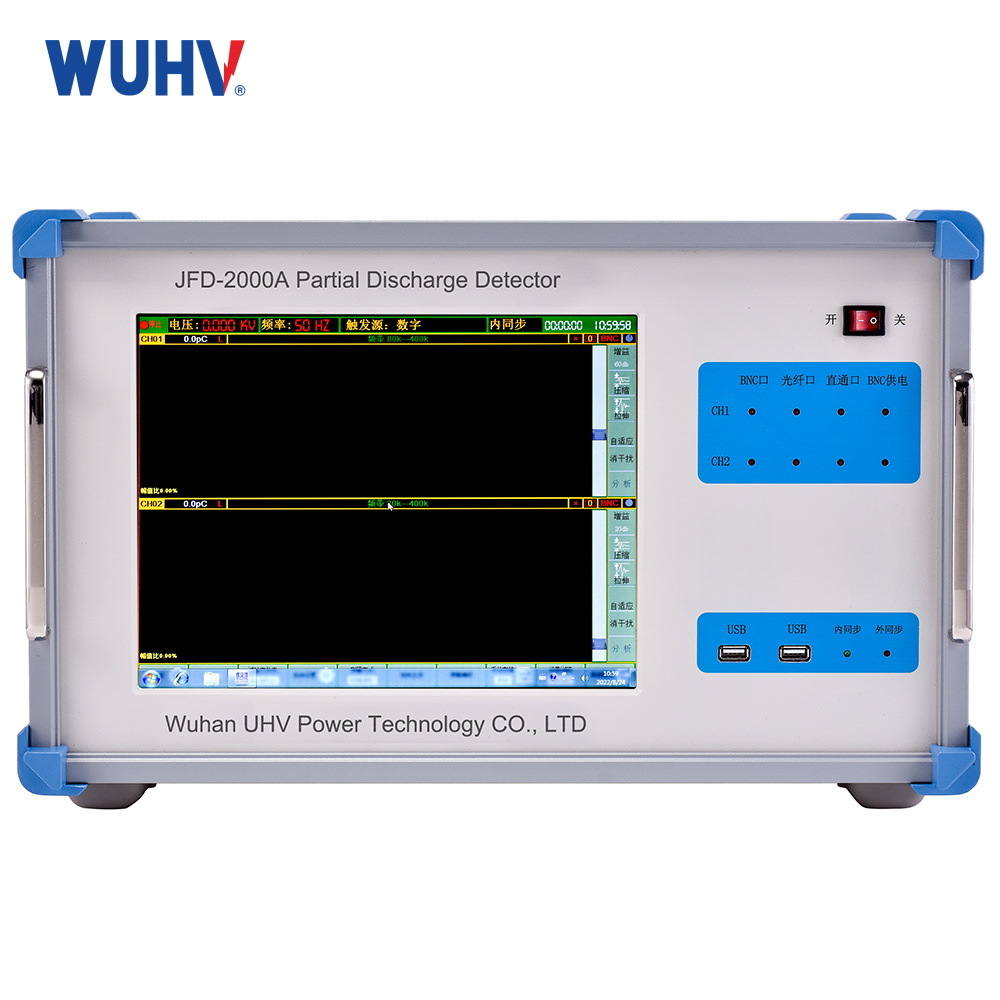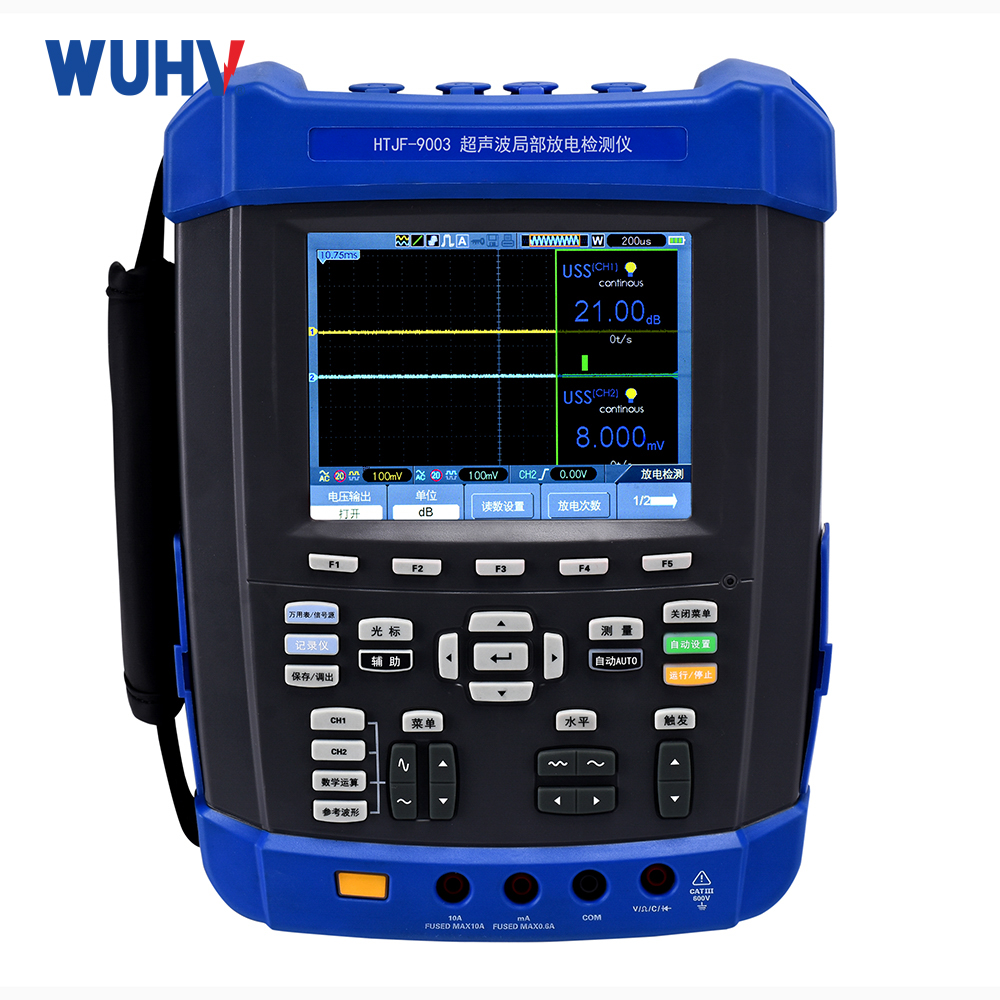The UHV-500 Cable Fault Location Detector under Wuhan UHV can help many electric workers to carry out all kinds of electric tests more conveniently.

What are the main features of control cables and measures to prevent electrical interference?
Cable fault testing is a commonly used testing method in power systems to detect the location and nature of cable faults. The following will address the various applications of cable fault testing, with corresponding cases and solutions.
Question 1: What faults are cable fault tests used to detect in cables?
Answer: Cable fault testing can be used to detect a variety of faults in cables, including open-circuit faults, short-circuit faults, ground faults and so on. Open-circuit fault refers to a section or a point in the cable is disconnected, resulting in the current can not be transmitted normally; short-circuit fault refers to a section or a point in the cable is shorted, resulting in an abnormally high current; ground fault refers to a section or a point in the cable is shorted with the ground, resulting in an abnormally high current.
Case: A power company found an open-circuit fault in a cable during cable fault detection. By using a cable fault tester, they successfully located the fault point and repaired it.
Solution: To solve the cable fault problem, you first need to use a cable fault tester for detection. Based on the test results, determine the type and location of the fault, and then take appropriate repair measures, such as replacing damaged cable segments and repairing connectors.
Question 2: Under what circumstances is cable fault testing used?
Answer: Cable fault testing is usually used when cables fail, including new cable installation, regular maintenance and fault repair. During cable installation, a cable fault tester can be used to ensure that the cables are properly connected and fault-free. In regular maintenance, a cable fault tester can be used to detect potential failure points and repair them in time. In fault repair, you can use the cable fault tester to locate the fault point, and take appropriate repair measures.
Case: When a power company was performing cable maintenance, they found a cable with a ground fault. They used a cable fault tester for testing and successfully located the fault point and repaired it.
Solution: To solve the cable fault problem, you first need to use a cable fault tester for detection. Based on the detection results, determine the type and location of the fault, and then take appropriate repair measures, such as replacing damaged cable segments and repairing connectors.
Question 3: Notes on the selection and use of cable fault testers
Answer: Choosing the right cable fault tester is very important for accurate detection of cable faults. Users should choose a suitable tester according to the actual needs and pay attention to the precautions for use.
Case: A power company chose a cable fault tester with high accuracy and stability. In the process of using the tester, they paid attention to the operation steps of the instrument and followed the instructions of the tester.
Solution: To solve the cable fault problem, you need to choose a suitable cable fault tester first. Users should choose a tester with high precision and stability according to the actual needs, and pay attention to the operating steps and instructions of the instrument. In the testing process, the stability and accuracy of the tester should be maintained, and follow the instructions for use of the tester.
Summarize: cable fault test can be used to detect a variety of cable faults, including open-circuit faults, short-circuit faults and ground faults. Cable fault testing is typically used in situations such as cable installation, maintenance and fault repair. Choosing a suitable cable fault tester and paying attention to the operating procedures and instructions for the instrument can improve the accuracy and reliability of the test.


